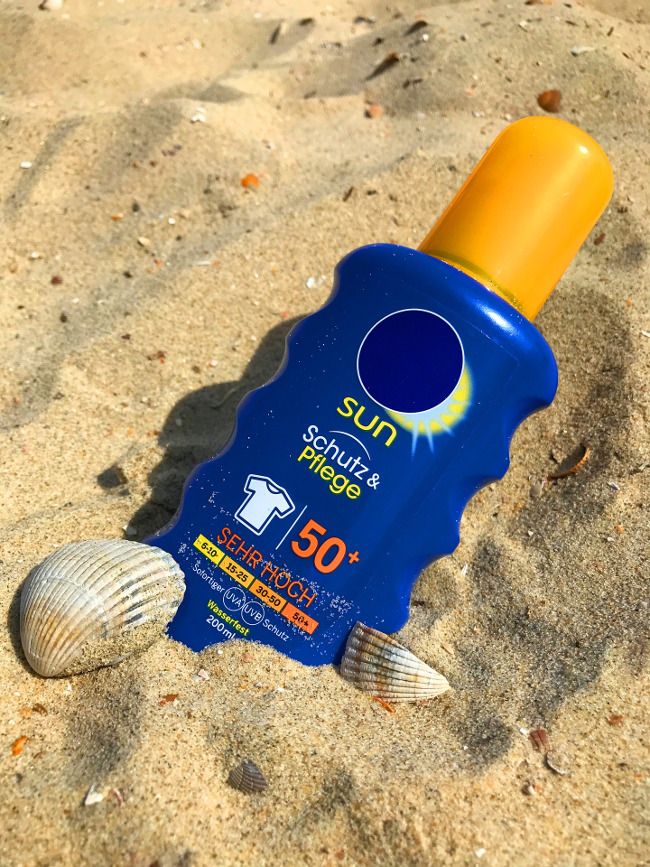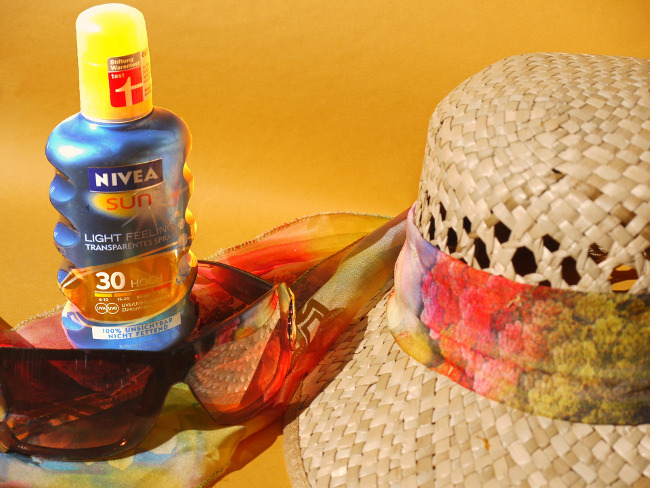Consider the confusing world of sun protection explained
Sun exposure can create all kinds of problems related to skin ageing, from wrinkles to sagging skin and hyperpigmentation, but not only that, unprotected sun exposure can also cause serious health risks such as skin cancer. It’s no secret that sunscreen is an essential product to use daily to protect and defend your skin over the summer months. There are two types of sun care; chemical sunscreens and physical sunscreens.
The experts at Glo Skin Beauty have weighed up the pros and cons of each formulation to help you decide which is the most well-matched and beneficial for your skin type.
First things first, what is the difference?

Chemical sunscreens contain organic compounds, such as oxybenzone, octinoxate, octisalate and avobenzone and work by absorbing the sun’s rays. Some chemical filters can scatter sun rays, but still mostly just absorb them.
Physical sunscreens contain active mineral ingredients, such as titanium dioxide or zinc oxide and protect your skin from the sun by deflecting or blocking the sun’s rays.
Chemical vs. Physical Sunscreen
Formulas
Both chemical and physical sunscreen actually differ greatly in their appearance, physical sunscreen is quite thick, and has a milky consistency that has to be thoroughly rubbed into the skin to avoid a white cast and chemical sunscreen on the other hand is of a thinner and clearer formula that is easily absorbed into the skin.
Skin Type
Many women with sensitive skin who are prone to breakouts or acne might think chemical sunscreen is better for their skin, when in actual fact it’s quite the opposite. Physical sunscreen is recommended for sensitive, acne-prone and rosacea skin, this is because it is less likely to clog pores and aggravate skin, plus, it can deflect the heat from the sun away from the skin, to keep you cooler and soothe rosacea. Whilst chemical sunscreen transforms UV rays into heat energy, meaning that for those with rosacea-prone skin, there is a higher chance of flare-ups. Additionally, the various ingredients required in chemical sunscreen to ensure broad-spectrum protection results in a higher likelihood of irritation for sensitive skin.

Effectiveness
Chemical sunscreen tends to absorb into the skin a lot quicker, however it takes approximately 20 minutes for it to become fully effective. Whereas when physical sunscreen is properly applied, it instantly protects the skin from the sun’s harmful rays. Physical sunscreen is also effective for longer when in direct sunlight, in comparison to chemical sunscreen which requires frequent re-application to protect the skin. However, when the body gets wet or sweaty, physical sunscreen is no longer effective, further more if is not applied properly and thoroughly then you cannot guarantee complete protection. In comparison chemical sunscreen leaves no risk of UV rays getting between patches of skin as the molecules in its formula have no spaces to allow UV penetration, meaning full shielding coverage is easier to acquire.
So, which one is better?
Both Physical and chemical sunscreens have their pros and cons. Physical sunscreens tend to be better for most skin types because the chemical filters used in chemical sunscreens can be irritating for many people. However, physical sunscreens tend to leave a white cast or white streaks after application and don’t offer as much UVA protection compared to chemical sunscreens. They are both efficient in their own right but choosing one or the other really depends on your skin type and sun protection requirements.






















